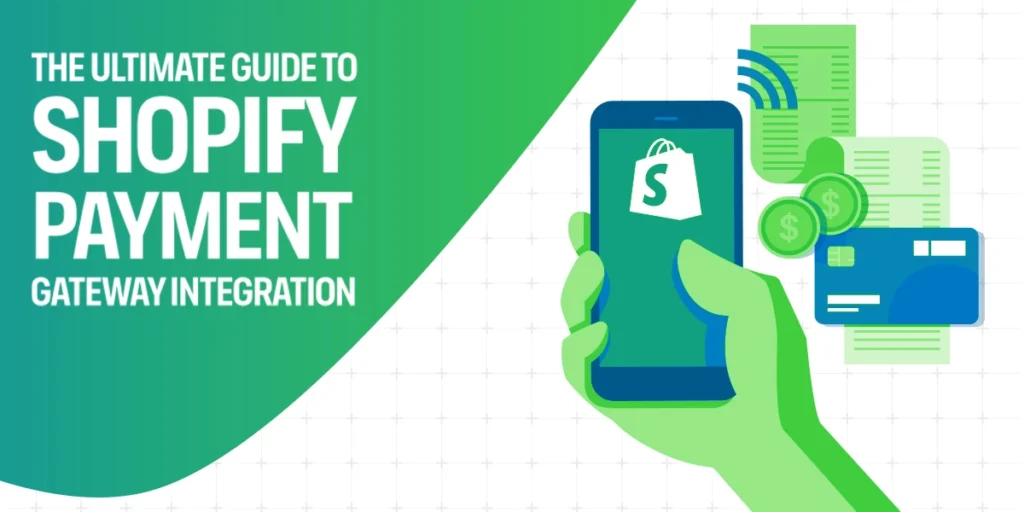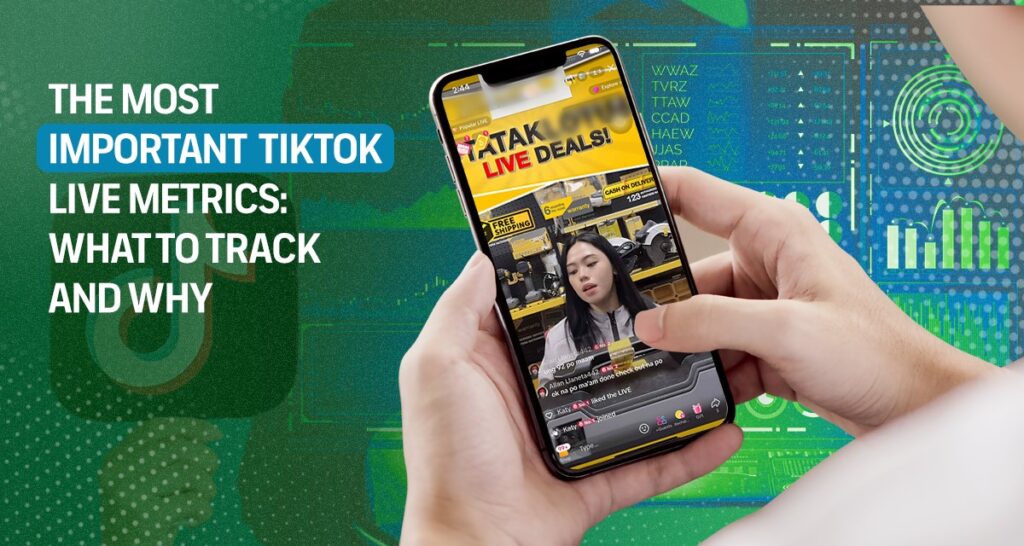Nowadays, customers are growing impatient when it comes to online shopping. That’s why, you’re online store should provide a smooth and secure checkout experience. If you’re running a Shopify store, choosing the right payment methods has never been crucial.
A study commissioned by PayPal found that 59% of online shoppers abandon their cart during checkout because their preferred payment method isn’t available.
Integrating the right payment gateways on your Shopify store can significantly affect your conversion rates and customer satisfaction. However, with the growing number of payment options available, how do you pick the right one for your e-commerce business?
Don’t worry, we’ve got you covered. In this guide, we’ll break down the top payment methods for Shopify stores in the Philippines.
How Do You Choose the Best Payment Gateway for Shopify Store?
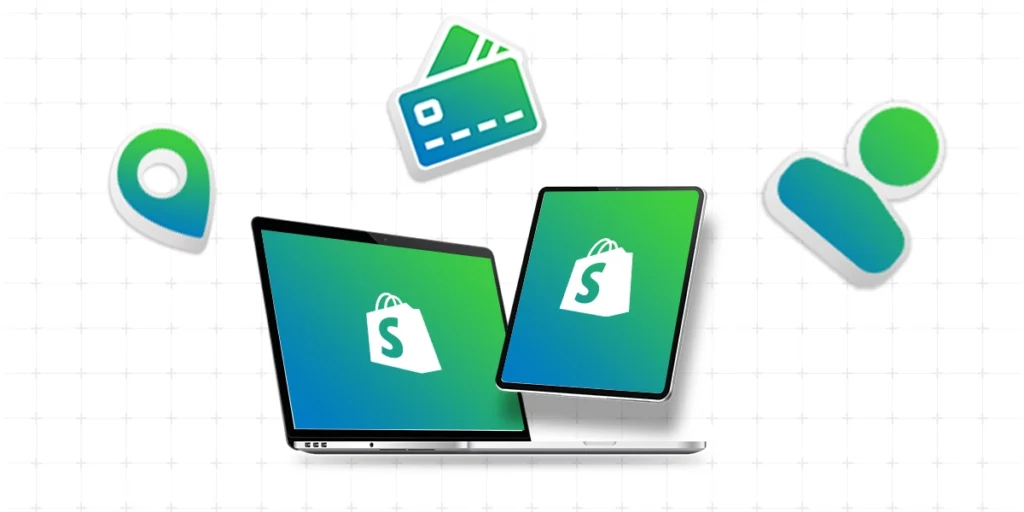
When choosing the best payment provider for your Shopify online store, there is no one-size-fits-all answer. Every business is unique and every challenge they face is different. Before you pick your payment gateway, here are the top three factors you need to consider.
1. Location
The first step in choosing your Shopify payment gateway is to focus on providers available in your specific location. This immediately eliminates options that won’t work for your customers and simplifies the selection process.
To see a list of payment gateways compatible with your region visit the Shopify store payment gateway page and enter the Philippines (or other country you are located in). You’ll be presented with a list of trusted and secure payment providers specifically catering to your market.
2. Payment Fees
Consider the transaction fees when selecting a payment method to support your Shopify store. Make sure you understand all the fees associated with a payment gateway. This includes per-transaction fees, monthly fees, chargeback fees, and any international transaction fees.
All these fees directly eat into your profits, so it’s important to find a balance between affordability and the features you need.
Take the fee structure of PayPal for the Philippines market. This payment method takes 3.49% of the transaction plus a P15 fixed fee. On top of these, PayPal also charges the merchant 2% for processing international checkout.
Before offering any Shopify payment method, be sure to compare transaction fees across different providers to ensure you’re getting the best value.
3. The Market’s Preferred Payment Method
The last, but probably the most important factor to consider when choosing a payment gateway is your customers’ preference.
If you do not provide your target audience with the primary payment methods they are familiar with and prefer, they may abandon their cart or leave your website during the checkout process. This results in a lost sale.
This is especially important if you target a millennial and Gen Z audience. According to a study by E-commpay, 65% of Gen Z respondents would abandon an online checkout if their preferred payment method wasn’t available. This figure rose to 80% for Millennials.
Top 6 Payment Solutions for Shopify Stores in the Philippines
The last, but probably the most important factor to consider when choosing a payment gateway is your customers’ preference.
If you do not provide your target audience with the primary payment methods they are familiar with and prefer, they may abandon their cart or leave your website during the checkout process. This results in a lost sale.
This is especially important if you target a millennial and Gen Z audience. According to a study by E-company, 65% of Gen Z respondents would abandon an online checkout if their preferred payment method wasn’t available. This figure rose to 80% for Millennials.
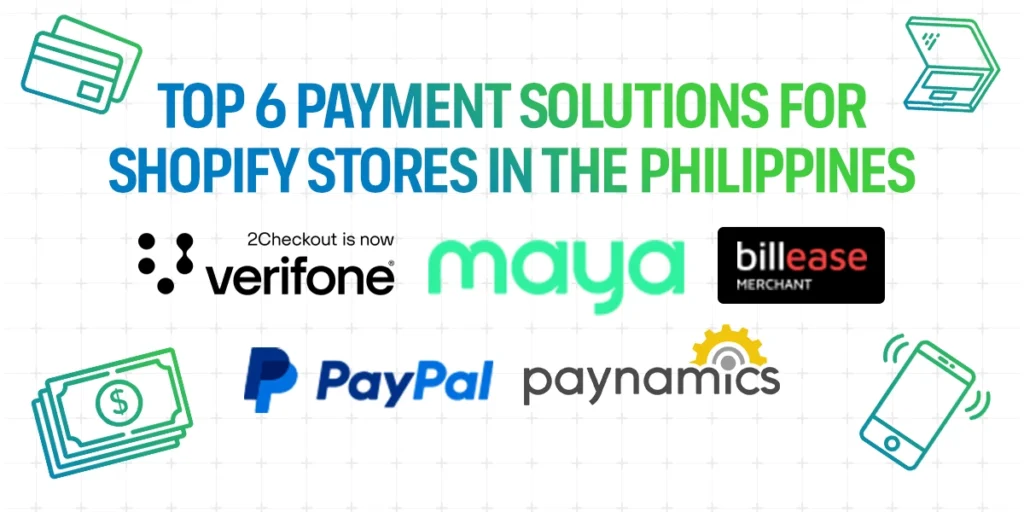
By integrating online wallets and payment gateways, you can offer greater flexibility for your customers. Don’t know where to start? Here are the top 6 payment gateways for Filipino merchants on Shopify.
1. Xendit
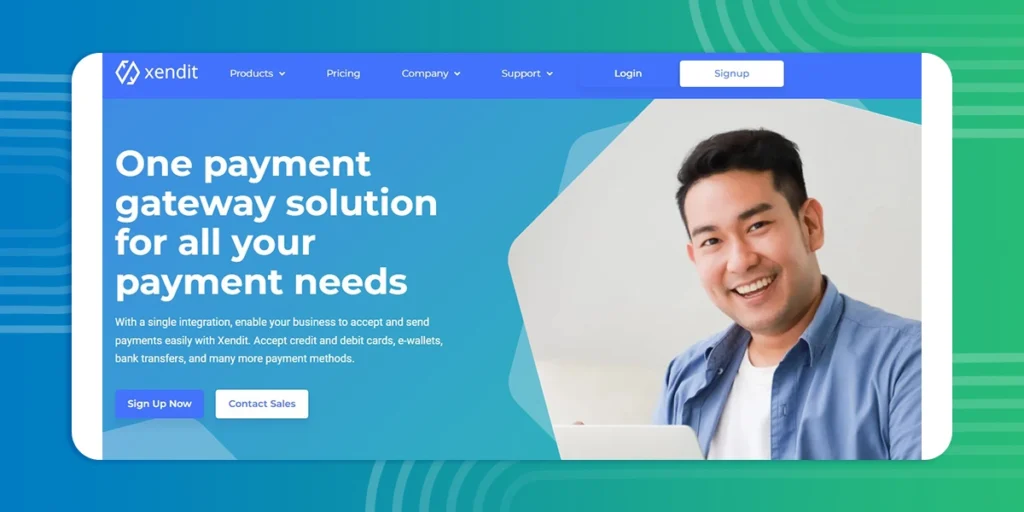
Xendit, a Jakarta-based payment gateway established in 2020, is one of the latest additions to the payment gateway to join the Shopify scene. Despite being a young company, it has quickly gained the trust of merchants and consumers across Southeast Asia, including the Philippines. This is likely due to its focus on ease of use and its commitment to catering to the specific needs of the Filipino market.
What makes this payment gateway ideal for e-commerce is its simple integration. Apart from Shopify, Xendit integrates seamlessly with popular e-commerce platforms like WooCommerce and Magento. Furthermore, It also supports the majority of payment methods used in the Philippines.
Xendit Supported Payment Methods: MasterCard, Visa, JCB card, Debit Cards, Gcash, GrabPay, Maya, Spay, Paylater, and over-the-counter payment.
Xendit Transaction Fees:
Local Cards: 3.2% transaction fee + ₱10 fixed fee per transaction.
International Cards: 4.2% transaction fee + ₱10 fixed fee.
E-wallets: Fees range from 1.8% to 2.3% per transaction, depending on the specific e-wallet used.
Over-the-counter Payments: 1.5% transaction fee or ₱15 fixed fee, whichever is higher.
These fees exclude VAT (Value Added Tax). To estimate your potential costs and profits, you can easily use Xendit’s pricing calculator.
2. Maya
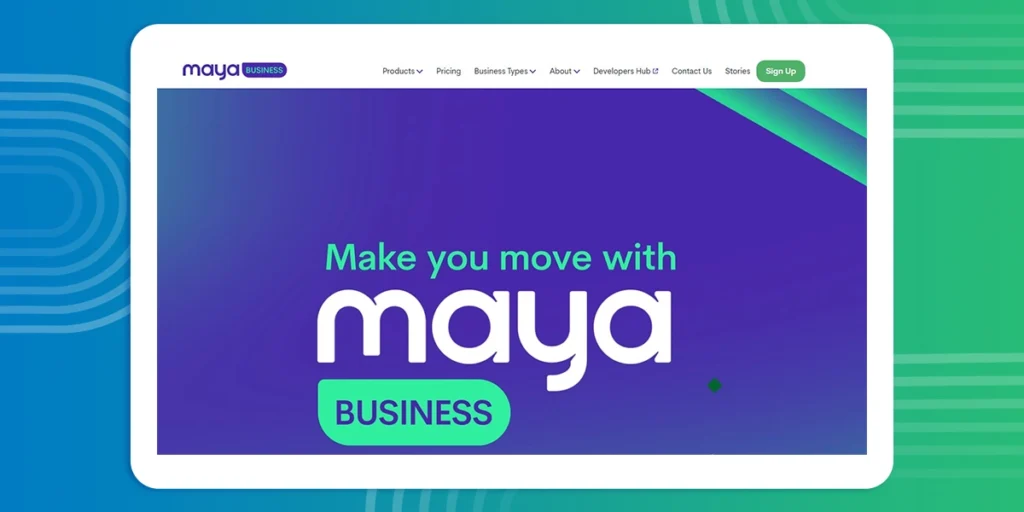
Formerly known as PayMaya, Maya has become a leading payment gateway and e-wallet in the Philippines. In 2022, it boasted an impressive 50 million users within the country alone. This massive user base positions Maya as a highly attractive option for Shopify stores targeting the Philippine market.
Maya’s Supported Payment Methods: MasterCard, Visa, JCB card, Debit Cards, Bancnet, Maya QR, QR PH, WeeChatPay, and ShopeePay.
Maya Transaction Fees:
Maya charges MDR to the merchant for every transaction. MDR, which stands for Merchant Discount Rate, is a percentage fee covering the payment processing costs. Importantly, the MDR varies based on the chosen payment method. Credit cards like Visa, Mastercard, JCB, and Amex typically incur a 3.50% MDR + Php10 fixed fee. On the other hand, e-wallets generally have lower MDRs, ranging from 1.50% to 2% depending on the specific method.
3. Paynamics
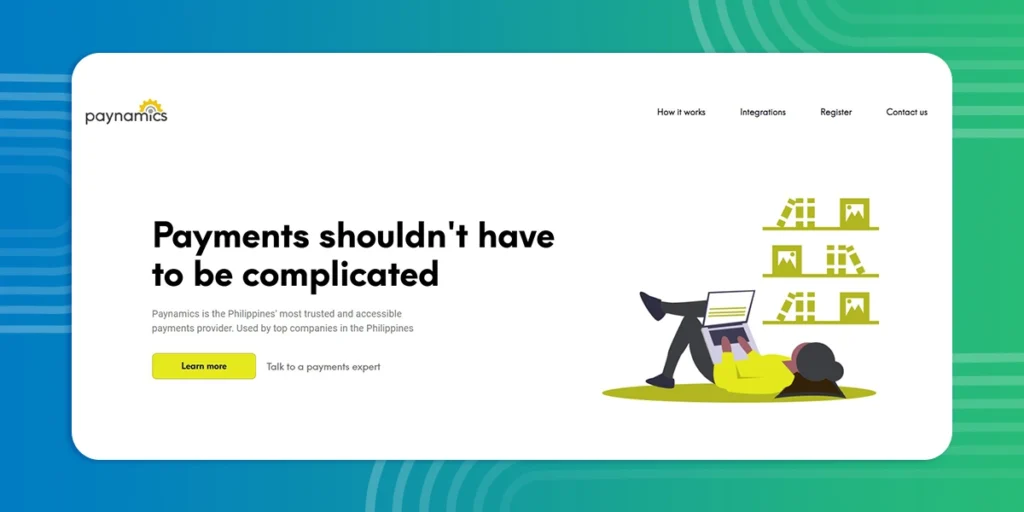
Paynamics is also one of the most-used payment gateways of many Shopify stores in the Philippines. This payment gateway has a strong track record, serving not only e-commerce businesses but also some of the country’s most celebrated brands for over a decade.
Among the selling points of Paynamics is that they make it simple and secure for retailers to accept payments. They offer a powerful API that allows for seamless integration, not just with Shopify but also with WordPress and other platforms.
Paynamics’ Supported Payment Methods: MasterCard, Visa, American Express, BancNet, JCB cards, GCash, GrabPay, Coins, ECPay, ExpressPay, TrueMoney, Pay&Go, Posible.net, as well as bills Payment Counters.
Paynamics Transaction Fees:
Paynamics charges 2.5% plus 12% VAT for every transaction made using an e-wallet and online bank transfer. On the other hand, over-the-counter payments are charged 2.5% or PHP25.00, whichever is higher. Finally, a 12% VAT is applied to every transaction for the merchant.
4. Paypal
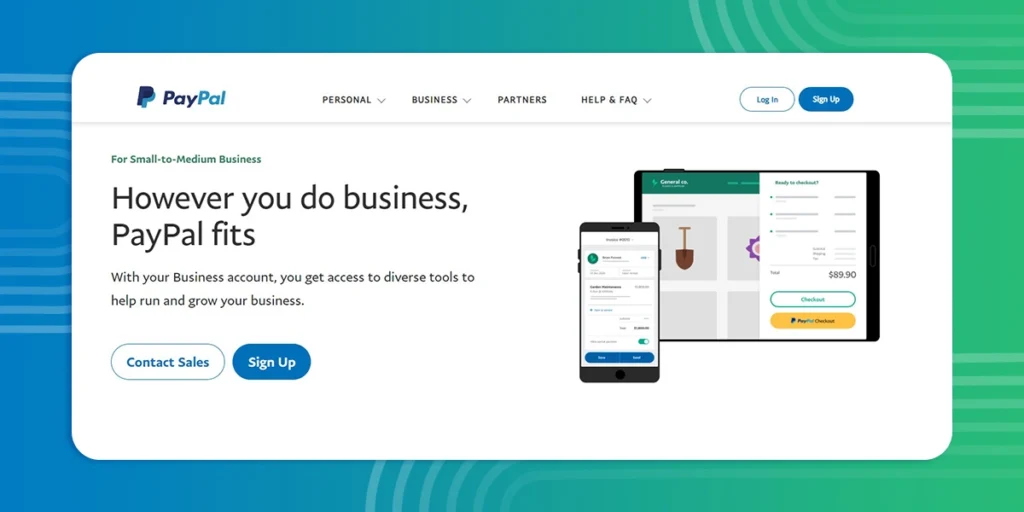
PayPal is a globally recognized name in online payments. So, when you offer this payment gateway to your Shopify store, your customer may feel confident completing their purchase. One of PayPal’s biggest advantages is its one-click checkout feature, allowing customers to pay quickly and easily.
The integration process is also straightforward for Shopify and other e-commerce systems. No wonder, 15 million businesses use it globally. Moreover, PayPal allows you to accept payments in over 100 currencies, making it ideal for businesses targeting international markets.
Paypal’s Supported Payment Methods: PayPal, Visa, Mastercard, and American Express.
PayPal Transaction Fees:
Paypal charges a 3.40% transaction fee plus a P15 fixed fee for regular transactions. On the other hand, a 2% processing fee is charged to the merchant for international checkout.
5. 2Checkout
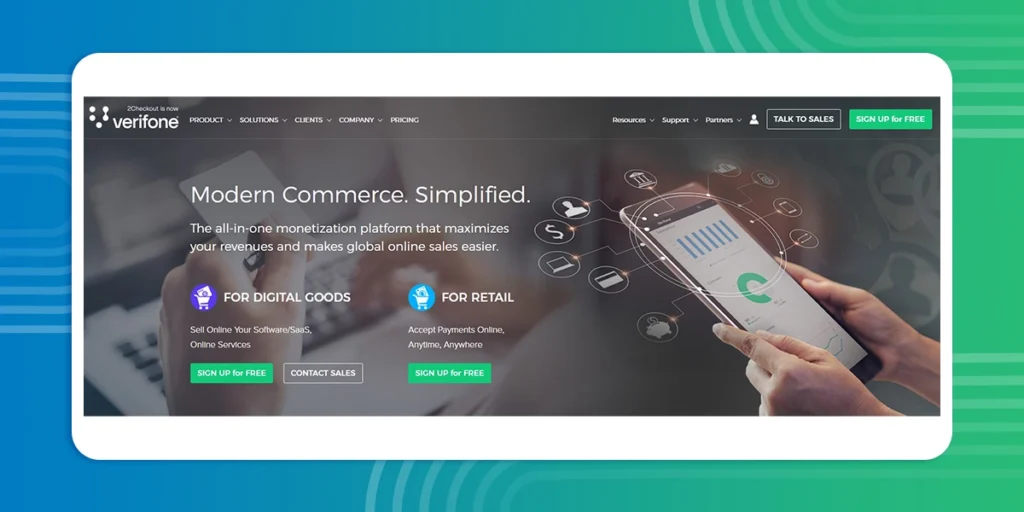
2Checkout, a Verifone subsidiary, simplifies online sales and subscription billing for businesses, especially those selling software and digital goods. 2Checkout is also a perfect Shopify payment gateway if you plan to expand your business globally. It supports 45+ payment methods and is available in over 200 countries worldwide.
2Checkout’s Supported Payment Methods: Visa, MasterCard, AMEX, Discover, PayPal, Diner’s Club, JCB, and debit cards. Visit the Verifone payment page for a complete list of supported payment methods.
2Checkout Transaction Fees:
2Checkout transaction fees vary depending on the solution you take, but this ranges from 3.5% to 6%. Visit the pricing page of 2Checkout to find the perfect plan for your Shopify store.
6. Billease
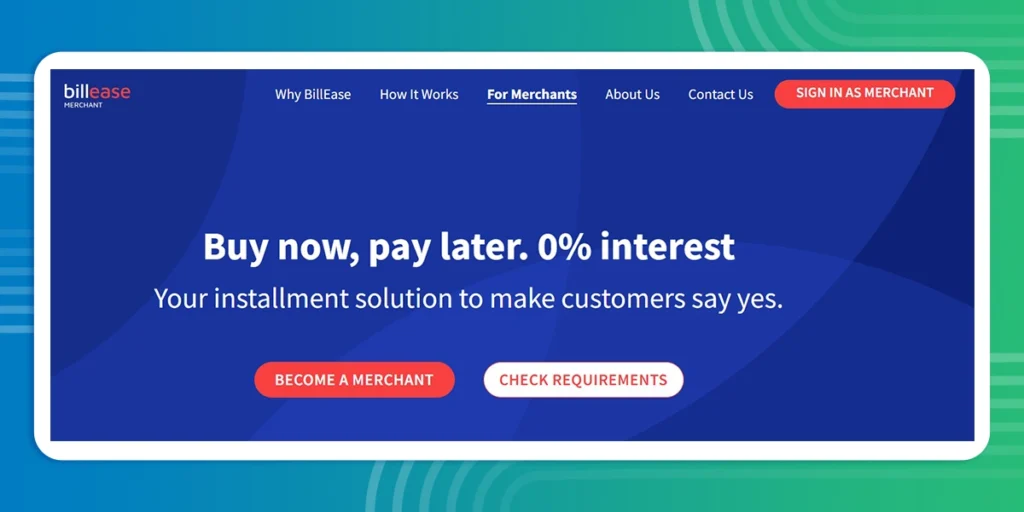
BillEase caters specifically to Filipino customers by offering a unique suite of “Buy Now, Pay Later” options. This includes the ability to “Pay Later,” “Pay in Installments,” and even “Pay with Down Payment.” This flexibility allows the customers to complete their purchases and creates a smoother buying experience within your Shopify store.
Billease’s Supported Payment Methods: coins.ph, PalawanPay, M Lhuillier, and Cebuana Lhuillier.
Billease Transaction Fees:
Billease’s transaction fee is straightforward. It only charges 3.49% per transaction and has no annual percentage rate.
Build a Secured Shopify Store for Your Business
In today’s competitive e-commerce landscape, a seamless and secure checkout experience is crucial for winning customers. Your Shopify store should offer the right mix of secure and convenient options, catering to a wider audience, and streamlining the checkout process.
At Be Global E-commerce Corporation, we’ll help you choose the best payment methods and integrate them seamlessly into your secure Shopify store. Let us handle the technical complexities so you can focus on building your brand and exceeding your sales goals.
Contact our experts today and let us help you unlock the full potential of your online business!

